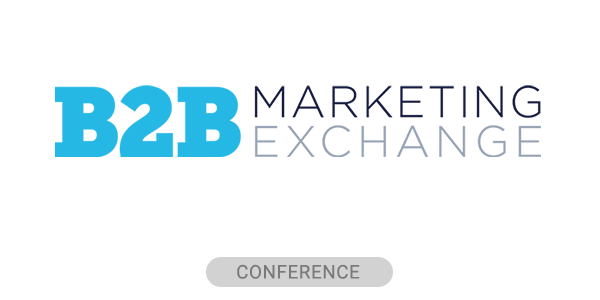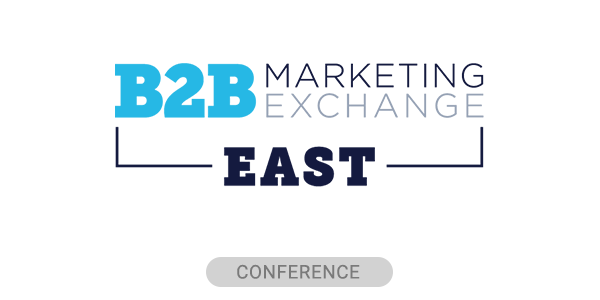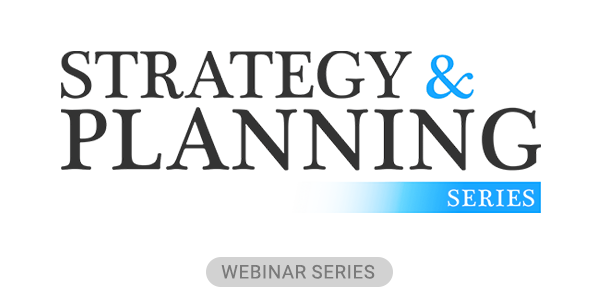As the global marketplace evolves at an unprecedented pace, Gartner identified the seven key commercial threats facing chief sales officers (CSOs) in 2025 that could significantly impact their strategic priorities and commercial success through 2026.
As boards of directors become more independent, they are demanding from CSO’s maximum gains during economic growth and minimizing losses during contractions intensifies. On top of that, CSOs must adapt to demographic shifts as Gen Z and Millennials redefine work styles and preferences, challenging traditional sales approaches.
In an interview with Dave Egloff, VP Analyst in the Gartner Sales Practice, stated he sees GenAI acting as both an influencer and amplifier for B2B buyers, enhancing their productivity. Gartner predicts that by 2027, 40% of B2B commercial leaders will form generative search teams to manage the emerging risks and opportunities created by the adoption of GenAI for buyer research.
Egloff took time to give us his thoughts on those subjects as well how CSOs can effectively address concentration risks in their revenue streams. He also uncovered the problems with misinformation that B2B organizations must keep on their radars.
Demand Gen Report (DGR): How did Gartner identify the seven commercial threats facing CSOs in 2025?
Dave Egloff: We really embraced the research side and breadth of Gartner. Many analysts came together to collaborate and develop a prioritized list of commercial threats using data from within Gartner and across the marketplace. I believe we had 20 different data sources cited in this research, including Gartner surveys of senior executives (across the C-suite, sales, finance and HR), sellers, buyers and more. We also used labor studies, economic data and survey data from third parties. We deliberately cast a wide net to make this a comprehensive analysis.
DGR: With GenAI becoming a significant influencer in B2B buyer behavior, what initial steps should organizations take to mitigate its risks while harnessing its potential?
Egloff: GenAI is powerful and growing in popularity. Nearly a quarter of B2B buyers used GenAI last year and it’s likely to rapidly rise.
Before you can manage your risks, you need to inventory the risks that it introduces. In other words, you need to recognize and reenact how buyers might be using GenAI tools. They’ll use GenAI to help research your company and products, including features, functions, and customer reviews. Buyers will find the good, the bad and the ugly. Help your sellers neutralize any negative feedback. Buyers might also ask for guidance on requirements, competitor comparisons and other buying activity help. What does GenAI tell them about how to buy your type of offering? You should know.
So, my best advice as a first step: Replicate the buyers’ journey with GenAI as an influencer.
DGR: How can CSOs effectively address concentration risks in their revenue streams amidst rising geopolitical and economic challenges?
Egloff: The first required steps are to know if you have a concentration risk, where you are exposed and what the risk triggers are. The risks may be across product lines or customer segments. They may be triggered from general market volatility or linked to specific metrics (like interest rates).
As you recognize the existence of the risk, you can then collaboratively strategize on how to diversify. Ask broad questions such as:
- How can we expand our presence into adjacent (and less correlated) customer segments?
- What new offerings can we introduce that complement our current offerings without the same risk?
- Can you change your pricing models or strengthen customer relationships to develop longer-term commitments?
The goal is to find growth revenue streams that move independently from your existing revenue streams.
DGR: What actionable steps should CSOs take to foster a supportive and mentally healthy sales culture?
Egloff: To foster a supportive sales culture, CSOs need to take a critical look at their organization and management approach. Observe behaviors, listen to sellers, and track engagement metrics. If you identify toxic behaviors or negative elements (such as micromanagement, mistrust or low morale), CSOs need to take action. They might even need to take bold action such as redesigning the sales culture.
CSOs and managers should lead with compassion and empathy. This doesn’t mean that they need to tolerate poor performance or accept low effort. However, it does mean that managers may need to coach and support sellers differently. Managers don’t need to be mental health professionals, but they should be able to spot issues and redirect sellers to the wellness support offered by the organization.
Ultimately, CSOs must lead by example, embracing diverse viewpoints and sharing personal failures. This is good for sellers and it’s good for the business, since it will boost performance and retention.
DGR: As Gen Z becomes more prominent in the workforce, what strategies would you recommend for engaging and retaining younger sellers?
Egloff: The workforce is certainly getting younger, and their preferences don’t quite follow those of their older peers and predecessors. Work styles and preferences continue to evolve, and Gen Z and Millennials are at the forefront. These younger professionals increasingly opt for greater flexibility with nonlinear career paths—and sometimes prioritize these factors above compensation.
As a result, CSOs need to adapt. They can no longer rely on the tried-and-true seller engagement programs. So, step one is to recognize change may be needed to attract, motivate, and retain younger sellers. CSOs should keep an open mind and ear to how younger sellers want to be engaged. Early evidence suggests that career pathing, compensation and experience-based learning are going to evolve.
DGR: With B2B buyer groups becoming younger and less reliant on human interaction, how should CSOs adapt their sales approaches to align with these changing preferences?
Egloff: Each organization needs to remap how their buyers are likely to progress through their buying journey. Younger, AI-savvy buyers are increasingly looking for self-service options. Digital selling tools and direct buyer enablement are essential.
Commercial strategies— spanning the potentially siloed product, marketing, and sales strategies— need to converge and focus on customer value generation. All go-to-market (GTM) executives should collaboratively govern GTM execution through a formal GTM Council that strategically aligns and operationally integrates product, marketing, sales, and services teams.
Growth is a team sport and should leverage the advances in AI tools. Customer interactions may be less human but can still be highly personalized and tailored to specific buyers. Ultimately, CSOs (and the broader GTM Council) should foster a culture of continuous learning and innovation, encouraging the broader commercial teams to stay updated on AI trends and technologies.
DGR: How problematic is misinformation for B2B organizations?
Egloff: Honestly, when you look at how widespread it is, it’s nearly impossible to fully know the negative effects of misinformation. More information sounds nice, but it leads to confusion and skepticism. The Information Age has become the Age of Misinformation. It’s hard for even the savviest reader to distinguish fact from fiction, and it’s easy to be confused by those who create authentic-looking content.
Misinformation is rampant. The potential for accidental (such as GenAI hallucinations) or intentional misinformation to sway public opinion and disrupt societal norms continues to grow, posing a significant challenge for individuals and businesses alike. In the “2024 Gartner Emerging Risks Survey,” 72% of respondents ranked AI-enhanced malicious attacks as the greatest unfolding risk to their organization.
CSOs need to recognize this challenge and become part of the solution to alleviate buyer challenges. Sellers should be part of the early detection of malicious deepfakes, or sophisticated misinformation used to undermine an organization’s brand or reputation. Sellers are the feet on the street, speaking to buyers and partners. If misinformation or other nefarious tactics are in place, sellers may hear about it first. Eventually, this informal approach will need more permanence and discipline. I anticipate formal GenAI listening programs to become more common.
DGR: What advice do you have for CSOs trying to build stronger partnerships within the C-suite to stabilize sales strategies during a time of higher turnover rate? And how can that drive broader alignment and collaboration with the marketing and content teams?
Egloff: Great question. They should start by recognizing that over the last couple of years, the CEO turnover rate has reached unprecedented levels, highlighting a growing pressure in the C-suite. CSOs must continually be aware of CEO, board and stakeholder sentiment shifts. Sales road maps must directly link to stakeholder value creation and mission critical priorities.
CSOs should recognize the health of the C-suite’s working relationships and degree of priorities alignment. When relationships require improvement, CSOs can bolster partnerships by examining the causal relationships. Whenever possible, cultivate C-suite partnerships by planning together and championing commercial success beyond the sales function’s needs. Building a GTM Council comprised of functional executives leading product, marketing, sales, and other customer facing organizations is a great starting point.
DGR: What is the single most critical takeaway for CSOs from this report, and how can it shape their strategic initiatives for 2025 and beyond?
Egloff: CSOs must recognize and adapt to the threats ahead. Covid-19 taught all leaders that “black swan” events do happen, and executives are responsible to plan for all scenarios. CSOs must extend their horizon from near-term goals to longer-term opportunities and threats. Strategic threat assessments allow CSOs to more predictably sustain growth and profitability. But it requires proactive identification and prioritization of possible threats. These threats must be assessed to detect early signals and possible action plans.
CSOs must also recognize that these threats are not only to the organization but to the executive’s status and stability. Failing to prepare for and endure these disruptive threats challenges the CSO’s professional credibility and job safety. On the positive side of the same coin, sustaining success despite these threats boosts the executive’s prospects and stature. It’s win-win.







